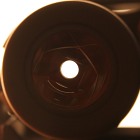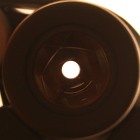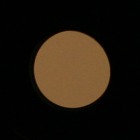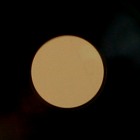Alpen Optics Teton 10x50
The Teton series have the optical system from the main Rainier series but the housing construction was taken from the lower Apex series.
The binoculars are sold in a stylish case, with an additional leather holder and a comfortable wide strap. Like all the other Alpen Optics models, the Tetons come with a lifetime warranty.
| Magnification | Lens diameter | Angular field of view | Prisms | Eye relief | Weight | Price |
|---|---|---|---|---|---|---|
| 10 | 50 | 102/1000(5.8o) | BaK-4/roof | 19 mm | 850 g | 2999 PLN |
Summary
Pros:
- relatively solid and light housing as for the 50 mm class,
- good transmission,
- low coma,
- slight astigmatism,
- well-corrected distortion,
- field sharp almost to the very edge,
- slight brightness loss at the edge of FOV,
- very good whiteness reproduction,
- good quality of prisms and coatings,
- small minimal focusing distance,
- slight inner flares,
- very good guarantee conditions.
Cons:
- truncated left pupil,
- a bit too high chromatic aberration,
- for this price class the field of view should have been a bit larger.
The result of the Teton 10x50 speaks for itself – it is really brilliant. It’s enough to say it is only worse than a big, heavy, porro-prism Docter Nobilem’s result. After all, the Docters are a class of their own.
Still, there’s one but…it’s difficult not to have an impression that one part of these good results was reached by limiting the binoculars’ field of view to these 5.8 degrees. All the 10x50 binoculars, which scored similarly the Teton or higher, have fields of view at the level of 6.4-6.6 degrees. Such a field of view is expected from a well-designed, contemporary 10x50 instrument. The field of view narrower than 6 degrees means taking the easy way and for this the Teton could be criticized. On the other hand, though, the eyepieces’ apparent field of view larger than 55 degrees, as it is in the Teton’s case, doesn’t make observations uncomfortable. Only at the level of 45-50 degrees you might get annoyed with the impression of looking through the keyhole. Luckily, you get no such impression when it comes to the Teton.
In order to keep the balance we won’t write more about the advantages of the tested binoculars. Everybody who holds it and looks through it will be delighted with its relatively light weight, solid workmanship and good image quality, especially the field of view, which is sharp almost to the edge and corrects most of off-axis aberrations to boot. The coatings of this roof-prism binoculars also do a great job giving us a very nice whiteness reproduction and a relatively flat transmission curve, which reaches almost 90% at its peak – you can see it on the graph below.
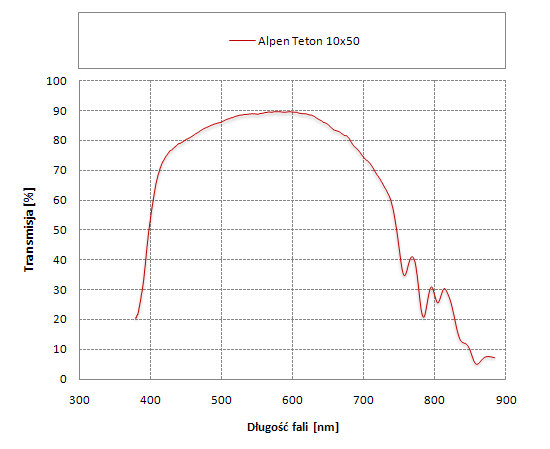 |






